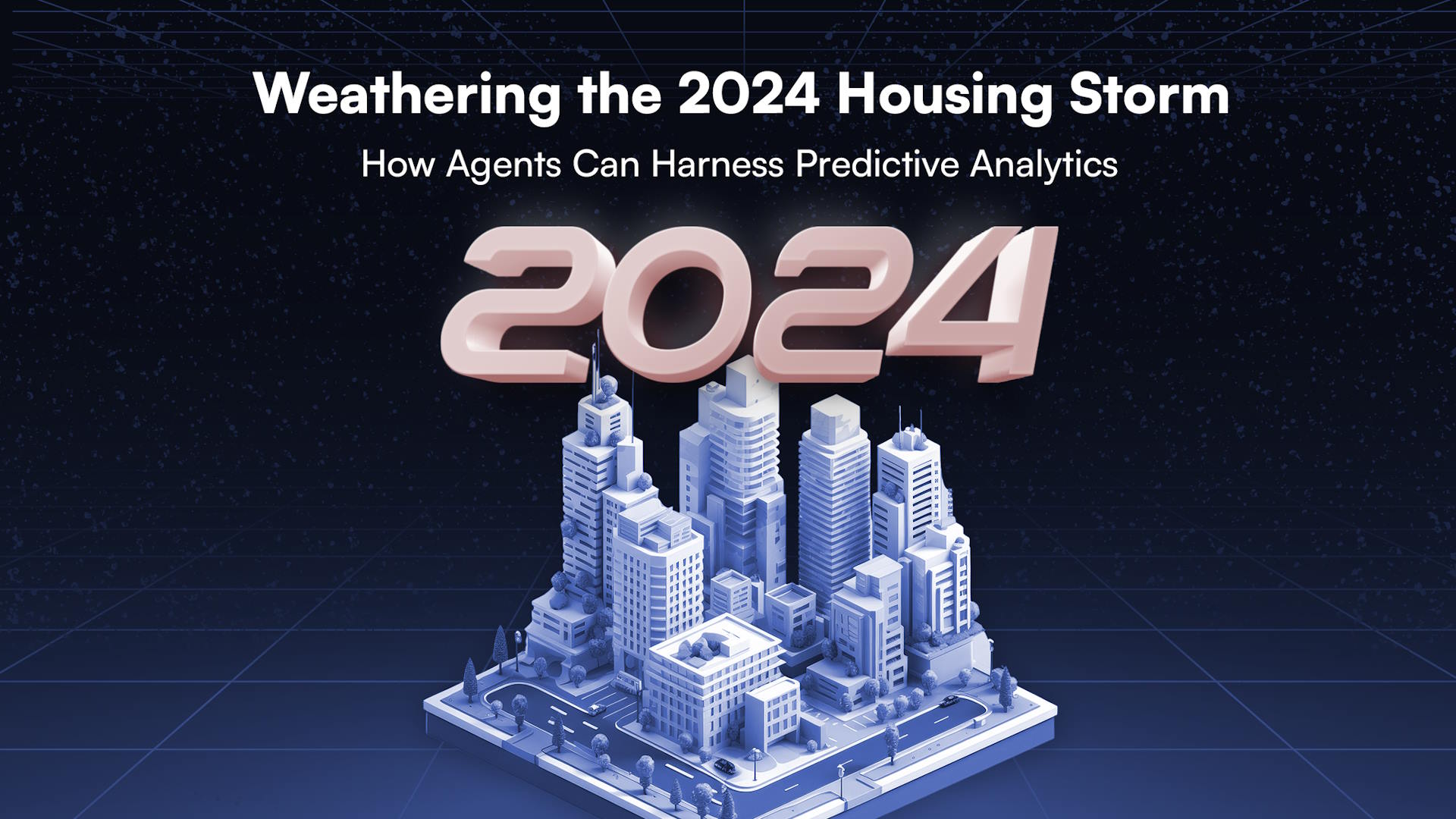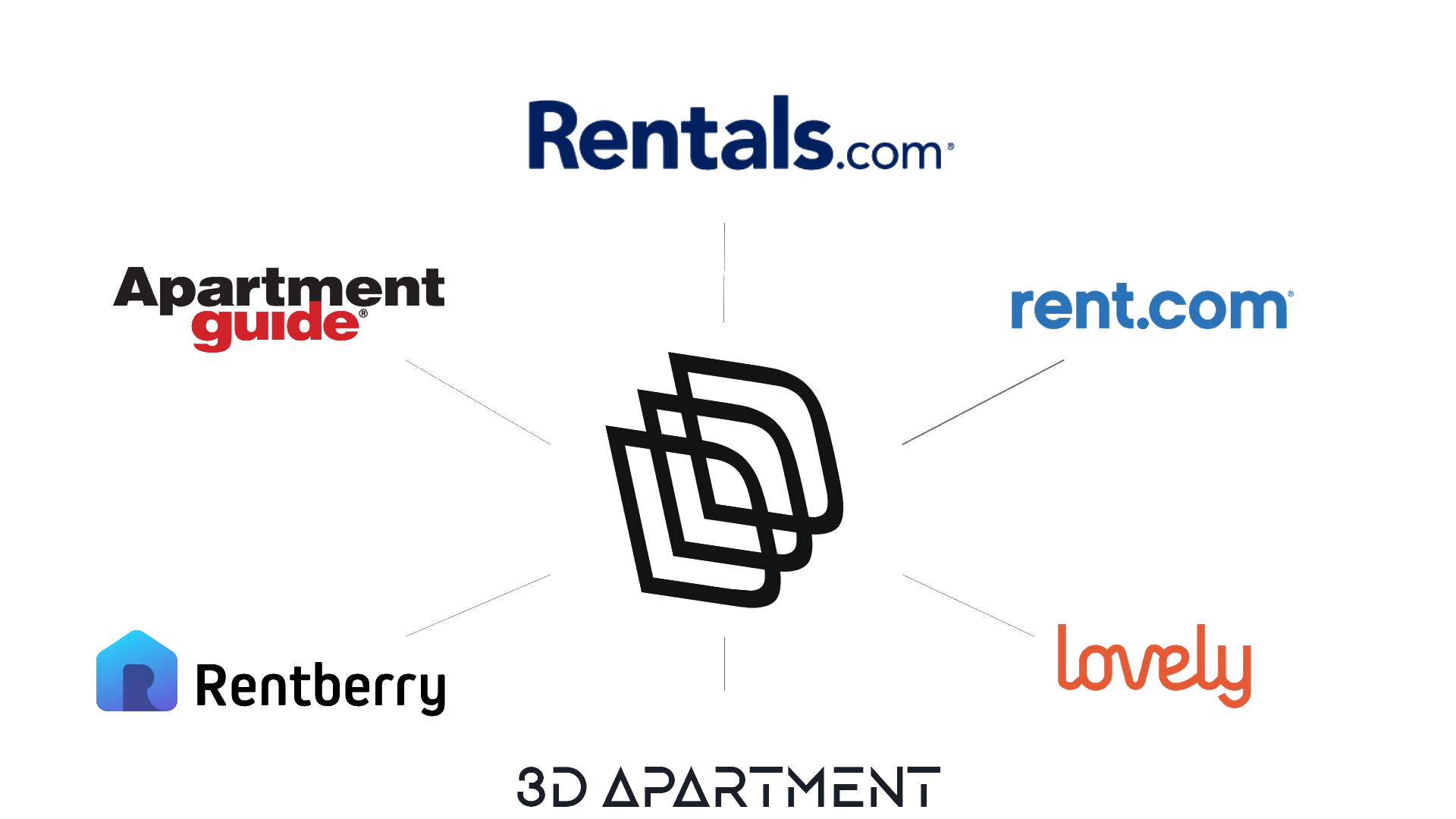Weathering the 2024 Housing Storm: How Agents Can Harness Predictive Analytics

As recent forecasts indicate, real estate professionals face high hurdles in 2024 between rising mortgage rates, ultra-low inventory, and moderating buyer demand. With higher costs and lingering economic uncertainty dampening transactions, agents must employ proactive listing strategies while protecting commission pipelines.
The solution lies in identifying sellers early before rivals via predictive analytics. As we’ll explore, leveraging tools like PropertyPulse.AI empowers agents to uncover hidden inventory and scoop future listings ahead of the market.
2024’s Brewing Housing Storm
In latest housing 2024 forecast by Realtor.com latest predictions, economists highlight the tempestuous dynamics shaping real estate:
- Mortgage rates averaging near 6.8% despite retreating
- Ongoing price corrections as buyer urgency fades
- Sales immobile at 2023’s projected 40-year low
- Inventory declining another 14% from 2022’s paltry levels
Overview
- Expects a mixed outlook in 2024 – modest economic growth, slightly higher unemployment, easing inflation
- As mortgage rates retreat, housing affordability starts to improve but demand remains dampened
- Home prices forecasted to dip ~2% by end of 2024 as buyer urgency fades amid high rates/low inventory
- Sales to remain sluggish, only 0.1% growth to 4 million units
- Inventory continues dropping (14% forecasted decrease) though new construction ongoing
Key Drivers
- Jobs report and inflation statistics guiding Fed rate policy outlook; any surprise upticks could alter rate cut predictions
- Retail spending indicates economic health – a pullback in spending would likely drive rate cuts
- Lock-in effect from low existing mortgage rates limits inventory, especially if rates remain over 6%
- Oversupplied rental market leads to further slowing in rent growth (only -0.2% forecasted)
Wildcards
- Renewed inflation could cause rates to spike vs. drop as predicted
- Geopolitical instability may impact trade, energy prices, global outlook
- 2024 elections driving relocation/purchase decisions based on political alignment
While inflation may further ease and rates decline, lingering high costs and recessionary fears will curb demand despite improving affordability. With current owners disincentivized to list via low existing rates, new construction can’t offset overall shrinking inventory.
First, understand the core economic forces, region-by-region impacts, and how to convey them to clients.
Master the Fundamentals
For residential agents, housing market fortunes depend significantly on broader economic conditions influencing buyer power. Monitor how indicators like jobs data, inflation reports and consumer confidence shape monetary policy and mortgage rate expectations.
Help buyers and sellers make informed decisions by contextualizing their personal situations against macro backdrops. Show how local employment levels, building permits and market competition affect individual rationales for purchasing or listing.
Sustained inflation suppression in 2023 enabled stable interest rates and could precipitate 2024 decreases. If rising prices return, further Fed interventions may follow, causing rates to spike instead. Geo-economic factors like energy trade and overseas conflict could alter US inflation trajectories unexpectedly.
While nationwide patterns dominate headlines, state and regional variations determine actual real estate dynamics. Highlight how local supply-demand balances, equity positions and migration flows drive neighborhood pricing beyond national averages.
UK consumers feeling the bite of higher interest rates and soaring inflation
Surf the Inventory Drought
With current owners not listing, future transaction volumes rely on new sellers. The greatest challenge for 2024 agents will be navigating relentless inventory declines, projected to contract another double-digit percentage after 2022’s paltry figures.
Competition heightens when resources shrink. Construct sophisticated listing presentations demonstrating intimate neighborhood knowledge and marketing expertise. Obtain certifications like PropertyPulse.AI‘s AIPBS designation showing mastery of automated platforms.
Help potential sellers understand why acting now to capitalize on remnant buyer demand makes sense before possible further price erosions. Provide market valuations and sales projections based on latest area trends.
Prepare exhaustive listing marketing plans conveying your spheres of influence, social media advertising capabilities and photography/staging connections. Commit expanded promotion budgets during listing appointments.
Thanks to excess building, renters may see slight cost dips. But purchasing remains unattainable for many. Cater to these aspirational buyers through first-time seminars, down payment assistance programs and affordable option listings. Build emotional connections before financial situations allow transactions.
Employ Predictive Analytics
To thrive in 2024, agents must harness predictive analytics in order to identify future sellers scientifically before competitors.
PropertyPulse.AI, the real estate industry’s first fully automated predictive analysis platform, leverages big data and AI to reveal property owners likely to list in months based on financial propensity triggers.
By synthesizing consumer behaviors, localized sale prices, lending patterns and macroeconomic signals, the tool flags homes with a high probability of entering the market pre-MLS.
You receive validated seller leads including motivated by equity, job relocation or other circumstances. Contact them immediately with listing consultations and market overviews to build relationships and earn mandates once ready.
Benefits of Predictive Analytics
Adopting predictive analytics delivers multiple advantages for agents seeking inventory despite adverse conditions:
- Prospects revealed at earliest indication of seller intent
- Full contact info, financial details and motivation factors provided
- Presented as interactive map visualizations for quick prioritization
- Streamlines workflows with integrated CRM for one-click follow-ups
- Custom landing pages to showcase listings and capture buyer leads too
With PropertyPulse.AI, agents access a constantly updating pipeline based on homeowner behavioral data, not outdated static property assessments. Stay ahead of rivals by acquiring exclusive seller leads when vulnerable to poaching.
Wrap Up
In summary, 2024 presents a complex real estate landscape with substantial barriers to conducting transactions.
Economic crosscurrents drive unpredictable mortgage rate shifts while sustained new construction remains insufficient to offset overall inventory reductions. First-time buyers still struggle to enter homeownership.
To thrive amid adversity, agents must demonstrate mastery over indicator analysis, creatively promoting services to hesitant potential sellers and leveraging technology like predictive analytics for inventory advantages.
Platforms like PropertyPulse.AI identify future supply using machine learning applied to consumer and market datasets. Contact matched sellers first to secure listings in advance, maintaining lead volumes despite slowing markets.
The coming year will challenge real estate professionals to prove adaptive responsiveness repeatedly. But by embracing agile strategies backed by predictive technology, you can build market share and steady income against headwinds.
Exclusive Access to PropertyPulse Pro:
To ensure that its cutting-edge tools and resources are available only to the most dedicated professionals, PropertyPulse Pro offers exclusive access to certain agents. This selectivity ensures that the platform’s powerful AI assistance and big data capabilities are used to their full potential, benefiting both agents and their clients.
Additional Services
Take Your Marketing Even Further






Additional Features at no cost
Part of any package












